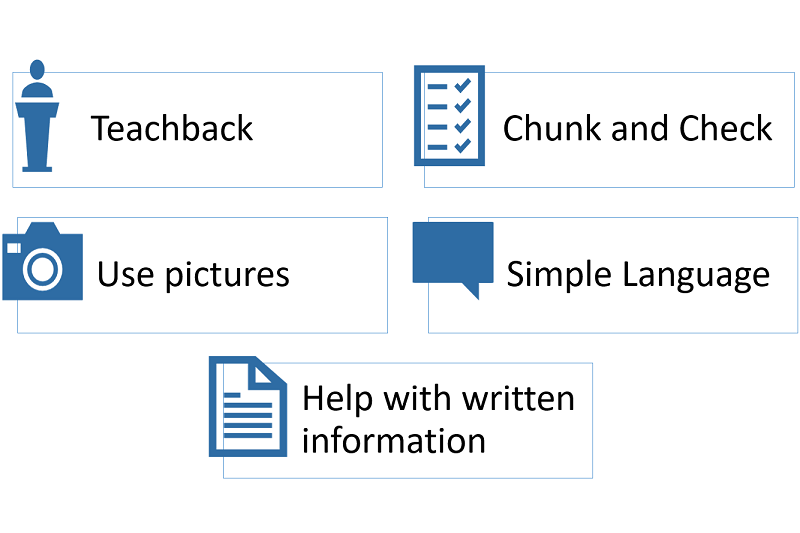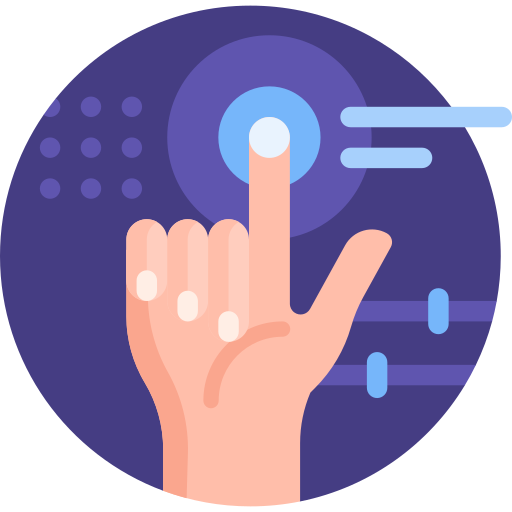There are five tools you can use to ensure that the information you are providing is understood. Click on each icon to find out more.

test announcement

| Tap each title to expand. Work through each section in numerical order |
The National Clinical Director, Jason Leitch 4, explains how to use these tools (Duration 1min 31s):
It is good practice to assume that everyone may struggle to understand health information because:
 Workbook Exercise (3)
Workbook Exercise (3)Can you think of simpler language to explain these terms:
TIP: The Plain English campaign ![]() has a handy A – Z guide to medical terms 5.
has a handy A – Z guide to medical terms 5.